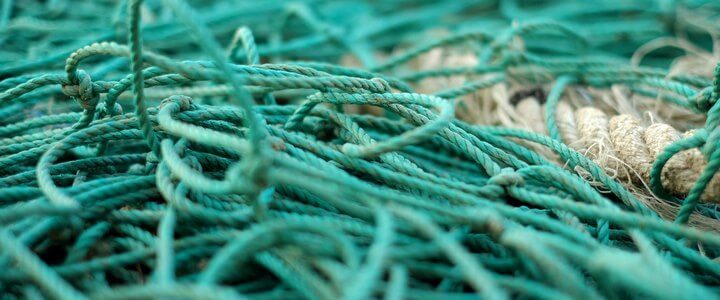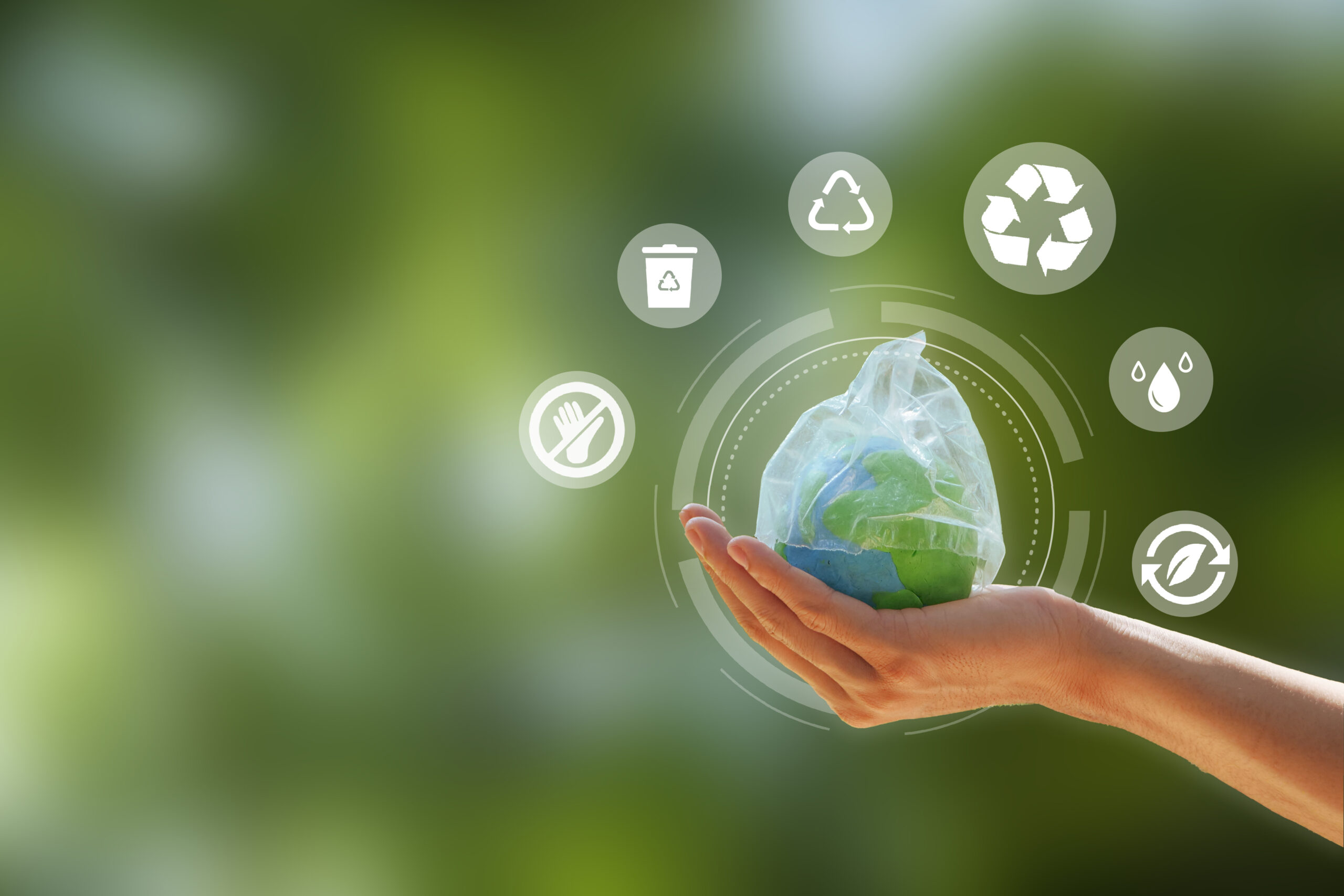The Role of Sustainable Apparel Companies in Saving The Oceans
*Disclaimer: This blog post contains sponsored content.
Can We Feel Good about the Upcoming Earth Day?
A lot of people turn heads when someone starts the conversation about climate change and ocean pollution. Issues like these are too comprehensive for an average consumer who doesn’t think about the consequences of his or her purchasing habits, the use of plastic, energy and water consumption, not to mention recycling and living a more proactive lifestyle.
However, people can easily scale down global problems like preventing our oceans from plastic pollution and other waste that’s thrown in the waters, and thus, seriously threatens our ecosystem, and bring them to an individual level.
The guilt of increasing numbers of ocean pollution, vastly due to fast fashion and irresponsible brands, can be pointed to both the consumers (who buy huge amounts of items from unethical brands) and companies (which produce and dump a lot of waste and harmful chemicals in the waters).
While the measures are pretty obvious for individuals: researching ethical brands, checking the origin of their clothes, choosing recycled materials, looking for brand’s declarations and certifications, companies have a lot more to do.
Why Does Saving the Oceans Matter?
According to Oceana, around 17.6 billion pounds of plastic enter our oceans each year, which can roughly cover almost every foot of coastline on the earth. This plastic often ends up in digestive tracks of sea animals, and eventually in the fish that we as end-consumers consume. Multiple studies confirmed that the problem lies in toxins found in plastics, which can cause serious health issues, such as cancers, weak immune systems, and other birth defects.
Experts predict that more than half of the sea turtles have eaten plastic debris. And by 2050, 99 percent of seabirds will have plastics in their digestive tracts.
Humankind does a poor job of recycling, where about only 9 percent of plastic waste ever generated has been recycled.
The sad result that we get from these statistics is that human-produced waste causes the extinction of the sea animals, disrupts our ecosystem and pollutes the vital source of life: water.
How Can Sustainable Companies Contribute?
It’s difficult to satisfy today’s need for constant shopping and purchasing cheap and low-quality clothes that will be thrown away next season. Instead of keeping up with this demand and further polluting the planet, companies should opt for slow fashion, sustainable shopping, and manufacturing.
Recycling and Reuse
Textile reuse and recycling showed some great results when it comes to environmental impact. The study by Sandin and Peters indicates that most benefits come from avoided production, so the fewer collections companies launch, the lower environmental pollution. The replacement rate is a key factor.
Fabrics
Apparel companies have an option to carefully choose the sustainable materials they use and examine upcycling of old collections and ways customers can give back to the environment (e.g. establishing programs that encourage returning old clothes for recycling). In the fashion industry, many companies are becoming aware of using sustainable fashion materials to reduce the impact of fast fashion on the environment.
Packaging and Shipping
Packaging and shipping are also a huge factor in helping reduce air pollution, as well as plastic pollution. Companies should consider more alternative options and opt for eco-friendly packaging, ship from the closest warehouses to their consumers to avoid hundreds of miles of transportation; replace transparent plastic bags with biodegradable ones for shipping.
With these measures in mind, companies can significantly reduce the waste that ends up in the oceans and landfills.
Led by Example: Rockay’s Sustainable Manufacturing, Packaging and Company Culture
A newly established sports apparel brand Rockay took the sustainability mission seriously. This Danish-based company is a true inspiration and a good example of using waste that’s already produced, recycling abandoned fishing nets and other ocean waste to make 100% recycled performance socks that help clean up the oceans.
Rockay puts theory into practice. This is how the brand is sustainable:
- 100% recycled fabrics produced from ocean waste
- Ethical manufacturing (certified in GOTS, GRS and ISO 9001:2015)
- Full traceability and transparency of the origin of the waste
- 100% recycled packaging made from waste in the packaging industry
- Carefully examining the need for a new product (no massive production); quality over quantity
- Using 100% green energy in the factory
- Reuse of yarn cones (plastic cones are sent back to the supplier, working on carton cones as well)
Below is a graphic representation of ghost fishing nets and ocean pollution, as well as the ways Rockay helps to prevent it.

Infographic by Rockay
Let’s Celebrate Earth Day, Every Day
With the upcoming Earth Day in mind, it’s important to give a contribution to preserving our oceans and the environment in any way possible. Our environment needs companies to do their part and switch to ethical manufacturing and sustainable clothing.
As individuals, think of your daily habits and lifestyle and start utilising small changes with ethical and sustainable practices. Research local organisations and join the initiatives to support those fighting for clean oceans, lower CO2 emissions, recycling, and upcycling projects. All it takes is will and dedication.




















